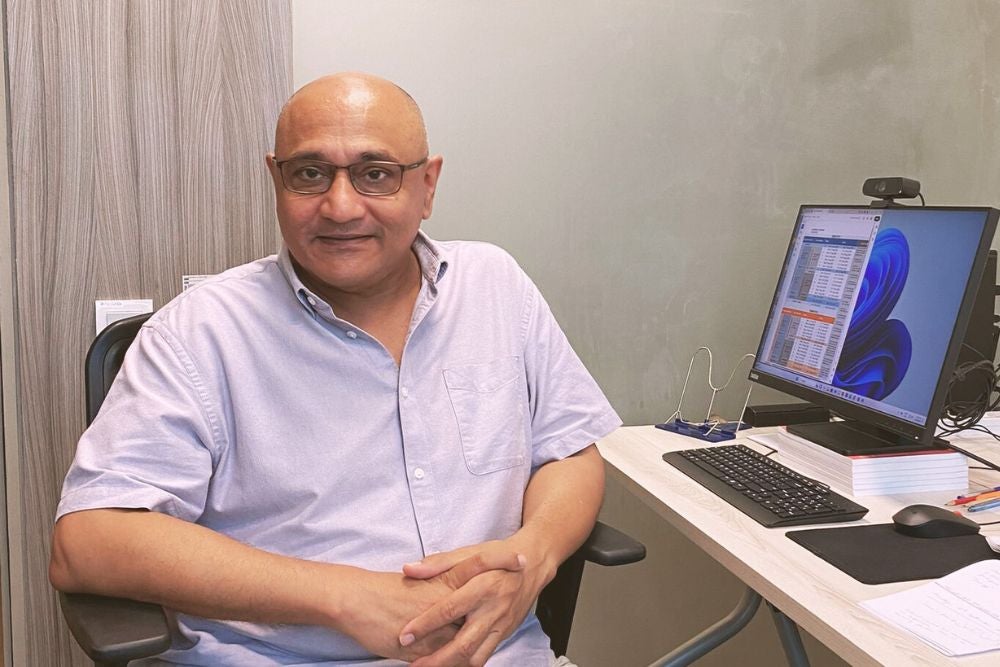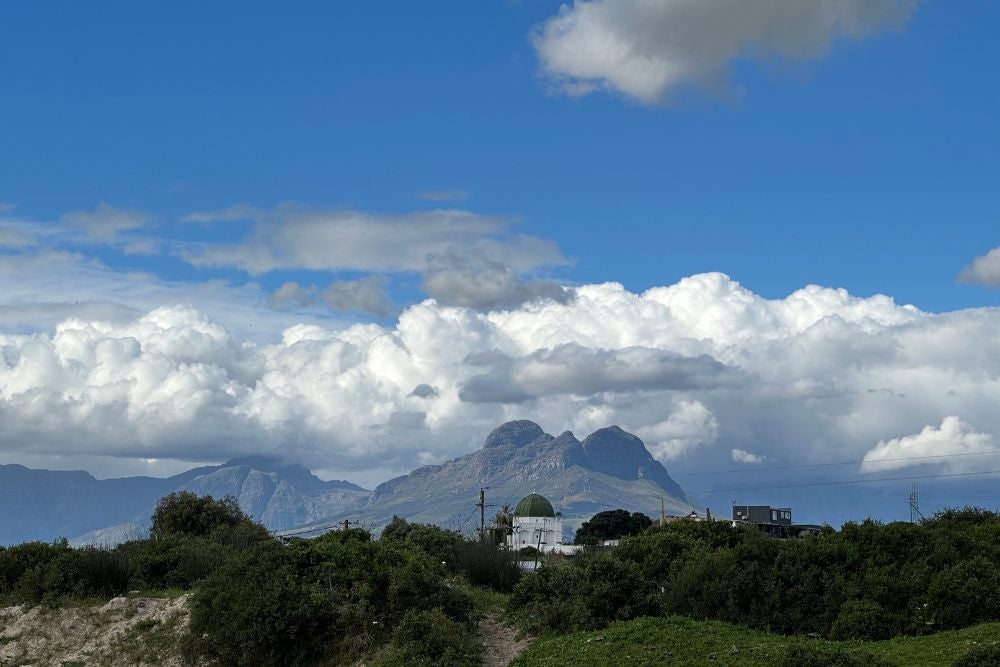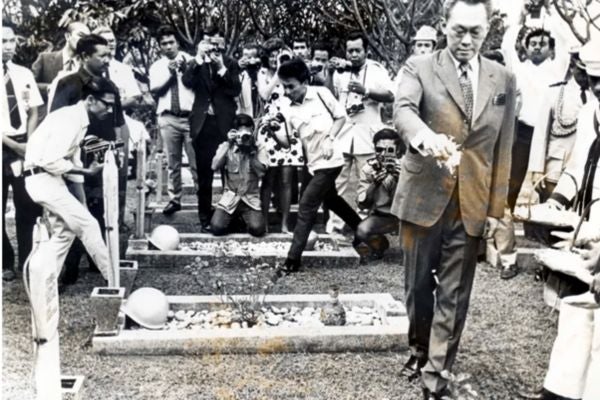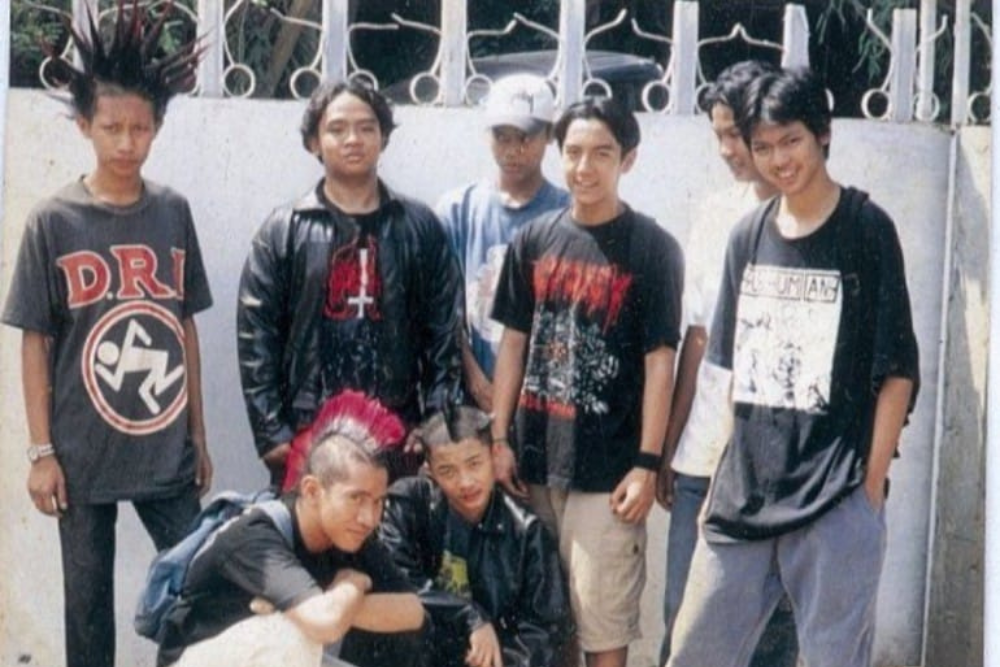In Conversation with Dr Sumit Mandal

Dr Sumit Mandal has recently joined us as the Muhammad Alagil Chair in Arabia Asia Studies with the Inter-Asia Engagements Cluster, (Asia Research Institute, National University of Singapore).
In this Q&A, Dr Mandal discusses his interest in developing a language to speak about intermixing and interconnectedness, his current research on keramat (Muslim shrines), and his vision for Arabia Asia Studies for the Professorship.
Could you tell us a little about yourself and how you arrived at your area of research and your current role as Muhammad Alagil Chair in Arabia Asia Studies?
I grew up in Malaysia. Although it is a country that is incredibly diverse culturally and religiously, our understanding of it has been largely racialised. Why is this the case? I think a lot my work finds its beginnings in this question.
I developed an interest in the study of Muslim societies in Southeast Asia in the course of my doctoral studies and decided to focus on an Islamic reform movement that emerged in the early twentieth century within the Arab community in what is today Indonesia. However, I shifted my attention to study the history of the community itself and how racialised understandings of its identity came to dominate over its rich and intimate connections to the region.
Since the 1990s, I have been part of a group of researchers scattered around the world who have studied Arabs – Hadramis from Yemen in particular – in the Indian Ocean region. Although there is more to be done, we have established a new field and our numbers have grown.
Over time, my own work necessitated a broader transregional framing and I began to do research on the Malay world as a flexible cultural geography. My book Becoming Arab: Creole Histories and Modern Identity in the Malay World (2018) came out of this intellectual shift.
Your book Becoming Arab explores “creole histories” that were the outcome of a history of interaction between Arabia and Asia. Could you say more about the term?
 Becoming Arab explores longstanding interactions between Arabs and the Malay world that resulted in communities that were neither Arab nor Malay but creole. Although these historically creole communities were diminished in significance by the racialised politics of colonial states, and the nation-states that followed, they did not disappear. My book takes this as the point of departure to develop the idea of “creole histories” in order to offer a grounded understanding of the histories of intermixing and interconnectedness.
Becoming Arab explores longstanding interactions between Arabs and the Malay world that resulted in communities that were neither Arab nor Malay but creole. Although these historically creole communities were diminished in significance by the racialised politics of colonial states, and the nation-states that followed, they did not disappear. My book takes this as the point of departure to develop the idea of “creole histories” in order to offer a grounded understanding of the histories of intermixing and interconnectedness.
For more than half a century, nation-states in Asia have advanced notions of cultural and racial coherence and thereby promoted fixed or exclusivist identities. Much of our understanding of the world tends to be organised around fixed identities as a result, though our social and cultural contexts may prove otherwise. We have largely lost the language by which to describe intermixing and interconnectedness and my book offers such a language, drawn from the history of Arabs in the Malay world.
Can you tell us a little more about your current research on keramat or Muslim shrines in the Malay world? What interests you about them? Are there any sites of interest to you in Singapore?

Keramat or Muslim gravesite-shrines are ubiquitous in the Malay world but they have drawn little scholarly attention until recently. Initially, I became interested in them because many of the Arabs I studied came to be venerated as keramat for their extraordinary piety, knowledge, and skills as well as their esteemed lineage as descendants of the Prophet Muhammad. Over time, I have found myself becoming interested in the study of space, geography and the environment because a keramat is a form of commemoration that is intimately tied to a particular spot in the landscape.
By considering keramat as a built archive, I am trying to better appreciate the way by which Malay world communities negotiated the past by attributing sacredness and miracles to a particular site; the past was remembered by inscribing it in the landscape. I am interested to learn how keramat served the communities involved and if we can uncover through them a different history of the archipelagic region. Through the shrines, I also hope to bring to the fore Islamic traditions that have not been well understood or neglected.
Today, keramat draw the attention of tens of thousands of Muslim pilgrims – a conservative estimate – across the Malay world and thus have something to tell us about our times as well. Shrines have endured in the landscape and in the imaginations of people in such disparate places as Cape Town and Singapore and in each case witnessed massive, at times violent, changes to the landscape and people around them. They represent a different culture of remembering and relationship to the landscape (and nature) and are a poignant counterpoint to the linear understandings of the past that dominate our lives.

In Singapore, the keramat of Habib Noh commemorates a nineteenth-century Arab who is said to have travelled by sea from Yemen and came to be revered by the community he found on the island. He is buried at a hilltop spot that once commanded a view of the sea and is believed to have been his favourite place to meditate. The sacred site is today hemmed in by skyscrapers and highways while the seafront has been replaced by reclaimed land.
As the new steward of the Muhammad Alagil Distinguished Professorship in Arabia Asia Studies, do you have a sense of the specific focus or direction your work will take?
I am planning a series of conferences in 2025-2027 informed by the theme of "Connecting Imaginaries". Today, we have rich scholarship that has brought to the fore particular imaginaries such as the South China Sea, Malay World, Bay of Bengal and the Arabian Sea. These imaginaries have emerged from and broadened the remit of area studies in meaningful ways. Besides a few notable works, however, we do not have a great deal of research that connects the different imaginaries and their bodies of scholarship. To be able to achieve the goal of connecting imaginaries we need a lot more collaborative discussion and research because the knowledge and linguistic skills required for the vast scopes involved are demanding. Hence, I hope to interest and draw a wide variety of scholars from across the world to join in the effort.
For the first of the conferences in the series, I am considering the rather ambitious geographical scope of Asia-Arabia-Africa in order to have the broadest canvas for a collective discussion. This framing also allows for the consideration of both oceanic and landward orientations and, thereby, the embrace of major and often divergent scholarly trajectories.
Besides the conferences, I am also focusing on building the scholarship on transregional studies at ARI and NUS. The broader and more porous framing of “transregional studies” has the potential of drawing more scholars from across disciplines and geographical areas. This is one way in which the collective strength and meaningful impact of research at NUS – in the social sciences and humanities in particular – could be highlighted.
Both the “Connecting Imaginaries” initiative and the focus on building transregional studies at NUS can only strengthen the field of Arabia Asia Studies.
Outside of your research, what do you do to relax and recharge?
I enjoy walking in all its forms, from trekking in the forest to sauntering through a city. I think it is a love that developed when I lived in New York from the early 1980s until the early 1990s. I walked along the Hudson River and Upper West Side almost on a daily basis. There was a lot of life on the streets and this always made my walks interesting. I have enjoyed walking in Singapore too over the past few months and loved how green it is – at least the NUS Campus and the West Coast where I have spent most of my time.
I read as much as I can and recently completed Jokha Alharthi’s Celestial Bodies (2018) that tells a story of Oman centred around the disparate lives of three sisters, and Isna Marifa’s Mountains More Ancient (2022) that relates the formation from slaves, criminals, and political exiles of diverse origin of the community of Cape Malays in South Africa. I generally try to avoid books that are tied to my research interests but these two historical novels are both immensely pleasurable and stimulating because they bring an unusual imagination to difficult subjects.
The views expressed in this forum are those of the individual authors and do not represent the views of the Asia Research Institute, National University of Singapore, or the institutions to which the authors are attached.
Dr Sumit Mandal graduated with a PhD in History from Columbia University in 1994. He is a transregional historian who researches the outcome of longstanding inter-cultural and inter-religious interaction in the Malay World — understood as a flexible and expansive cultural geography. His current research explores keramat (Muslim shrines) in the Indian Ocean as the built archives of a little-known past enmeshed in individual acts of intellectual and political leadership, inter-cultural interaction, transregional connections, piety, and miracles. This research has taken him to Java, Sumatra, Singapore, the Malay Peninsula, and Cape Peninsula (South Africa).









